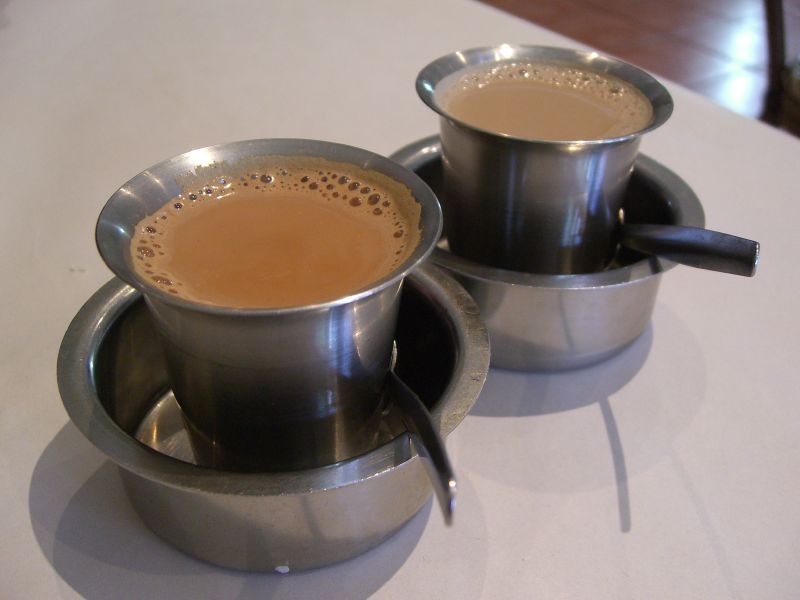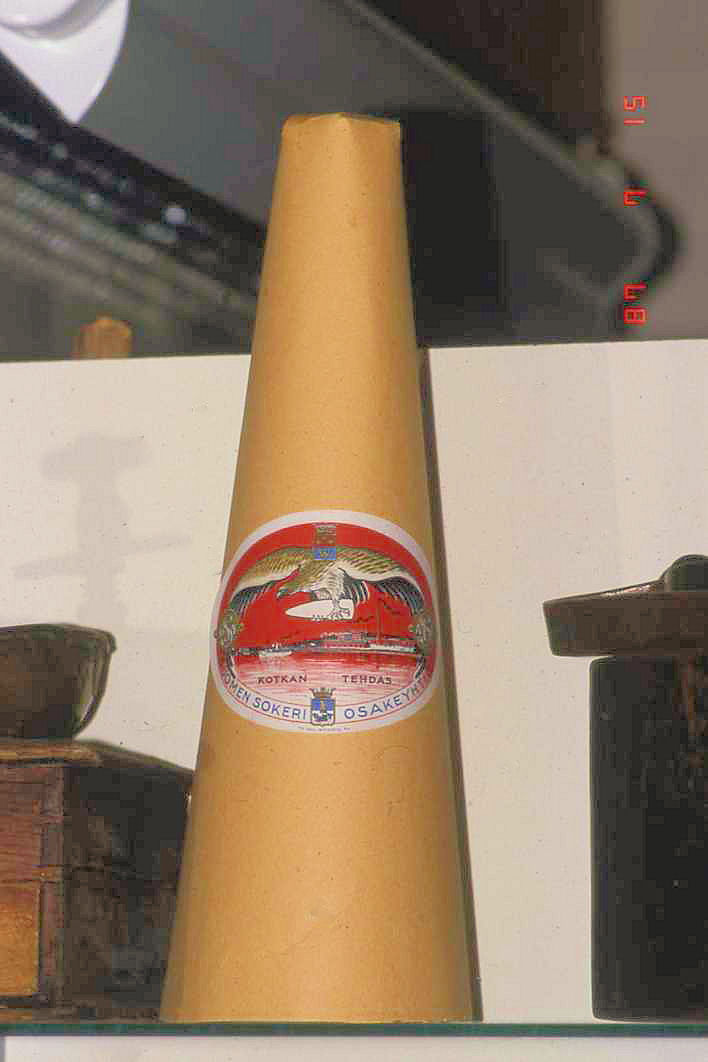|
Molasses Sugar
Molasses sugar is a dark brown, almost black, moist granular sugar. It can be used interchangeably with muscovado, but molasses sugar has a stronger taste as compared to muscovado. Its distinctive molasses taste is due to its high content of molasses. Nutritively, it has high iron content. Molasses sugar is often used in chutneys, pickles, and marinades, as well as in Christmas cakes. See also * Brown sugar * Sucrose Sucrose, a disaccharide, is a sugar composed of glucose and fructose subunits. It is produced naturally in plants and is the main constituent of white sugar. It has the molecular formula . For human consumption, sucrose is extracted and refined ... Sources * * *Waitrose Sugar Glossary External links * Molasses Types of sugar {{ingredient-stub ... [...More Info...] [...Related Items...] OR: [Wikipedia] [Google] [Baidu] |
Sugar
Sugar is the generic name for sweet-tasting, soluble carbohydrates, many of which are used in food. Simple sugars, also called monosaccharides, include glucose Glucose is a sugar with the Chemical formula#Molecular formula, molecular formula , which is often abbreviated as Glc. It is overall the most abundant monosaccharide, a subcategory of carbohydrates. It is mainly made by plants and most algae d ..., fructose, and galactose. Compound sugars, also called disaccharides or double sugars, are molecules made of two bonded monosaccharides; common examples are sucrose (glucose + fructose), lactose (glucose + galactose), and maltose (two molecules of glucose). White sugar is almost pure sucrose. In the body, compound sugars are hydrolysed into simple sugars. Longer chains of monosaccharides (>2) are not regarded as sugars and are called oligosaccharides or polysaccharides. Starch is a glucose polymer found in plants, the most abundant source of energy in human foo ... [...More Info...] [...Related Items...] OR: [Wikipedia] [Google] [Baidu] |
Muscovado
Muscovado is a type of partially refined to unrefined sugar with a strong molasses content and flavour, and dark brown in colour. It is technically considered either a non-centrifugal cane sugar or a centrifuged, partially refined sugar according to the process used by the manufacturer. Muscovado contains higher levels of various minerals than processed white sugar. Its main uses are in food and confectionery, and the manufacturing of rum and other forms of alcohol. The largest producer and consumer of muscovado is India. Terminology The English name "muscovado" is derived from a corruption of Portuguese ' (unrefined sugar). The Indian English names for this type of sugar are ''khandsari'' and ''khand'' (sometimes spelled ''khaand''). There is no legal definition of muscovado, and no international standards for it such as ''Codex Alimentarius'' or ''Protected Designation of Origin''. This has led to manufacturers calling various sugar products "muscovado", and has led to conf ... [...More Info...] [...Related Items...] OR: [Wikipedia] [Google] [Baidu] |
Molasses
Molasses () is a viscous byproduct, principally obtained from the refining of sugarcane or sugar beet juice into sugar. Molasses varies in the amount of sugar, the method of extraction, and the age of the plant. Sugarcane molasses is usually used to sweeten and flavour foods. Molasses is a major constituent of fine commercial brown sugar. Molasses is rich in vitamins and minerals, including vitamin B6, iron, calcium, magnesium, and potassium. There are different types of molasses depending on the amount of time refined, including first molasses (highest sugar content), second molasses (slightly bitter), and blackstrap molasses (the darkest and most robust in flavor). Molasses was historically popular in the Americas before the 20th century as a sweetener. It is still commonly used in traditional cuisine, such as in Madeira Island's traditional dishes. In addition to culinary uses, molasses has industrial applications, such as in the distillation of rum, as an additiv ... [...More Info...] [...Related Items...] OR: [Wikipedia] [Google] [Baidu] |
Iron
Iron is a chemical element; it has symbol Fe () and atomic number 26. It is a metal that belongs to the first transition series and group 8 of the periodic table. It is, by mass, the most common element on Earth, forming much of Earth's outer and inner core. It is the fourth most abundant element in the Earth's crust, being mainly deposited by meteorites in its metallic state. Extracting usable metal from iron ores requires kilns or furnaces capable of reaching , about 500 °C (900 °F) higher than that required to smelt copper. Humans started to master that process in Eurasia during the 2nd millennium BC and the use of iron tools and weapons began to displace copper alloys – in some regions, only around 1200 BC. That event is considered the transition from the Bronze Age to the Iron Age. In the modern world, iron alloys, such as steel, stainless steel, cast iron and special steels, are by far the most common industrial metals, due to their mechan ... [...More Info...] [...Related Items...] OR: [Wikipedia] [Google] [Baidu] |
Chutney
A chutney () is a spread typically associated with cuisines of the Indian subcontinent. Chutneys are made in a wide variety of forms, such as a tomato relish, a ground peanut garnish, yogurt, or curd, cucumber, spicy coconut, spicy onion, or mint dipping sauce. Etymology The word ''chutney'' derives from Hindustani/Urdu (Nastaliq: چٹنی, Devanagari: चटनी) ''chaṭnī'', deriving from चाटना ''chāṭnā'' 'to lick' or 'to eat with appetite'. In India, ''chutney'' refers to fresh and pickled preparations indiscriminately; however, several Indian languages use the word for fresh preparations only. Overview In India, chutneys can be either made alongside pickles that are matured in the sun for up to two weeks and kept up to a year or, more commonly, are freshly made from fresh ingredients that can be kept a couple of days or a week in the refrigerator. In South India, Chutneys are also known as ''Pachadi'' (, , , , ) which generally refers to t ... [...More Info...] [...Related Items...] OR: [Wikipedia] [Google] [Baidu] |
Brown Sugar
Brown sugar is a sucrose sugar product with a distinctive brown color due to the presence of molasses. It is either an unrefined or partially refined soft sugar consisting of sugar crystals with some residual molasses content or produced by the addition of molasses to refined white sugar. Brown sugar is 98% carbohydrates as mainly sucrose, contains no micronutrients in significant amounts, and is not healthier than white sugar. Characteristics The ''Codex Alimentarius'' requires brown sugar to contain at least 88% sucrose plus Inverted sugar syrup, invert sugar. Commercial brown sugar contains from 3.5% molasses (''light brown sugar'') to 6.5% molasses (''dark brown sugar'') based on its total volume. Based on total weight, ''regular commercial brown sugar'' contains up to 10% molasses. Brown sugars are graded numerically according to how dark they are, with higher numbers correlating with darker sugars. The most common gradings are 6, 8, 10 and 13. The product is naturally ... [...More Info...] [...Related Items...] OR: [Wikipedia] [Google] [Baidu] |
Sucrose
Sucrose, a disaccharide, is a sugar composed of glucose and fructose subunits. It is produced naturally in plants and is the main constituent of white sugar. It has the molecular formula . For human consumption, sucrose is extracted and refined from either sugarcane or sugar beet. Sugar mills – typically located in tropical regions near where sugarcane is grown – crush the cane and produce raw sugar which is shipped to other factories for refining into pure sucrose. Sugar beet factories are located in temperate climates where the beet is grown, and process the beets directly into refined sugar. The Sugar refinery, sugar-refining process involves washing the raw sugar crystals before dissolving them into a sugar syrup which is filtered and then passed over carbon to remove any residual colour. The sugar syrup is then concentrated by boiling under a vacuum and crystallized as the final purification process to produce crystals of pure sucrose that are clear, odorless, and sweet. ... [...More Info...] [...Related Items...] OR: [Wikipedia] [Google] [Baidu] |
Molasses
Molasses () is a viscous byproduct, principally obtained from the refining of sugarcane or sugar beet juice into sugar. Molasses varies in the amount of sugar, the method of extraction, and the age of the plant. Sugarcane molasses is usually used to sweeten and flavour foods. Molasses is a major constituent of fine commercial brown sugar. Molasses is rich in vitamins and minerals, including vitamin B6, iron, calcium, magnesium, and potassium. There are different types of molasses depending on the amount of time refined, including first molasses (highest sugar content), second molasses (slightly bitter), and blackstrap molasses (the darkest and most robust in flavor). Molasses was historically popular in the Americas before the 20th century as a sweetener. It is still commonly used in traditional cuisine, such as in Madeira Island's traditional dishes. In addition to culinary uses, molasses has industrial applications, such as in the distillation of rum, as an additiv ... [...More Info...] [...Related Items...] OR: [Wikipedia] [Google] [Baidu] |




